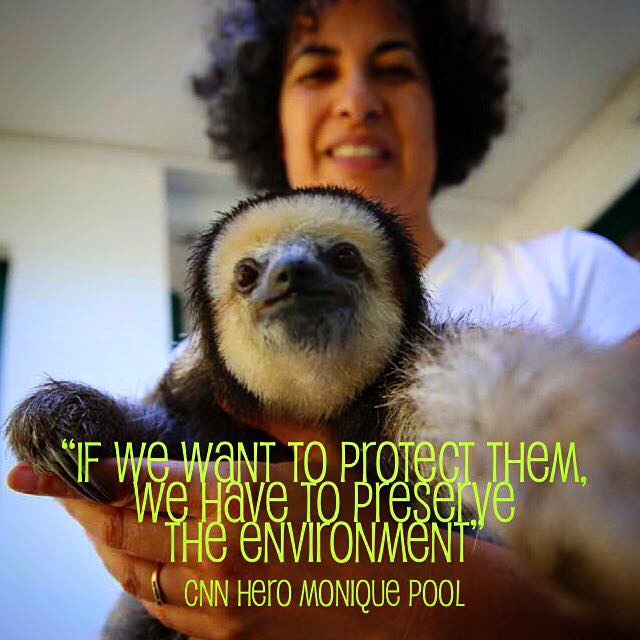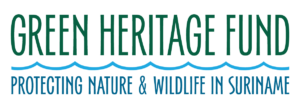Wildlife welfare is the field of study that considers how human activities impact the well-being and quality of life of free-living wild animals. Many practices humans engage in, such as deforestation, mining, pet trade, and hunting, can cause harm and create long-term suffering and poor welfare states in wild animals [55]. Negative welfare for a wild animal can cause changes in biological functioning and negative affective states, like fear, frustration, or depression [31]. Poor welfare also can lead to long term health problems. These states can reduce an animal’s ability to survive and reproduce, later affecting wildlife on a population scale. This, as well as the direct impact the same human activities have on wildlife population size, emphasizes the important connection between wildlife welfare and conservation [26]. Assessing welfare allows us to alter our practices in order to reduce wildlife suffering and improve wildlife health, in turn creating a healthier environment [49].

Green Heritage Fund Suriname emphasizes the importance of protecting the well-being of individual animals, illustrated through our extensive rehabilitation works for injured and young animals, particularly that of sloths and anteaters at our Sloth Wellness Center. The wild animals we work with, including sloths, anteaters, armadillos, dolphins, and manatees, are negatively impacted by human activity in Suriname and in other areas in their range. Each animal species is impacted uniquely by different activities, and therefore its important to assess the problems and consequences for each species.
